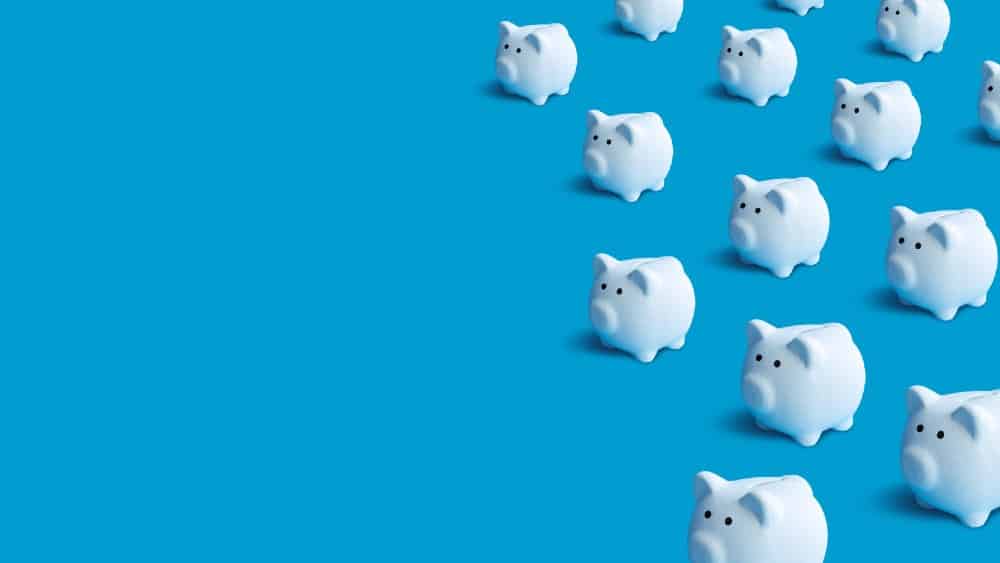According to Investopedia, microsaving first became popular in low-income communities. It’s since become a favourite way for people with limited spare income to save by setting aside small amounts of money regularly – as little as £1 or less daily.
Microsaving used to be a manual thing. You’d put your spare change in a money jar and move it to your savings account when the jar was full.
Luckily, there are now plenty of apps with features designed to encourage frequent mini-deposits to help you save easily. The apps identify opportunities to make small savings within your existing budget and then automatically move money into a savings account. The amounts may be small, but they soon add up.
Should you invest £1,000 in BT right now?
When investing expert Mark Rogers has a stock tip, it can pay to listen. After all, the flagship Motley Fool Share Advisor newsletter he has run for nearly a decade has provided thousands of paying members with top stock recommendations from the UK and US markets. And right now, Mark thinks there are 6 standout stocks that investors should consider buying. Want to see if BT made the list?
How microsaving can help
Microsaving can be a great way to start saving, investing or building an emergency fund. If your funds are tight and you can’t afford bigger amounts, you can still save something. Even pennies at a time add up – and that’s the beauty of microsaving.
It’s also a great way to get into the habit of saving. The more natural it becomes to set money aside, the easier it will be to save as your income increases. Another great benefit of microsaving is that because the amounts are so small, chances are you won’t even miss them from your bank account.
You don’t have to wait until you earn more to start working on your financial future. Microsaving can get you going in quick, easy steps.
Other benefits of microsaving:
- Convenient. You don’t need a bank account to start microsaving. It can be easily set up through a number of apps.
- Easy. Microsaving accounts usually do all the work for you. They round up or save a set small amount of money every day, week or month.
- Automatic. It allows you a passive approach to savings, a simple “set it and forget it” system that allows you to save easily and painlessly.
- Works with your budget. If you set your app to only round up, the amount you save will depend on what you spend. If you have to cut down on spending because finances are tight, your saved amount will also decrease.
Using apps to microsave
Micro-savings services and apps are everywhere nowadays, making it easy to save money without even thinking about it. While they work in different ways, a common feature is the “round up”. This basically rounds up every purchase to the nearest pound and then deposits that into your savings account.
Plum is a good example of a smart money management app focused exclusively on microsaving money in a number of ways. The Plum app has a “Round Ups” feature that’s available to all users, and the average user saves around £200.
Jess Williams, product lead for growth at Plum explains: “Round-Ups taps into that feeling you used to get when you put away pennies into a piggy bank. You barely notice it but the cash adds up. The great thing about Plum is you can also turn on Pound Ups so you can stash a bit extra if Round-Ups alone aren’t enough. Turn it into a challenge by setting a goal for your Round Ups and when you want to reach it by.”







